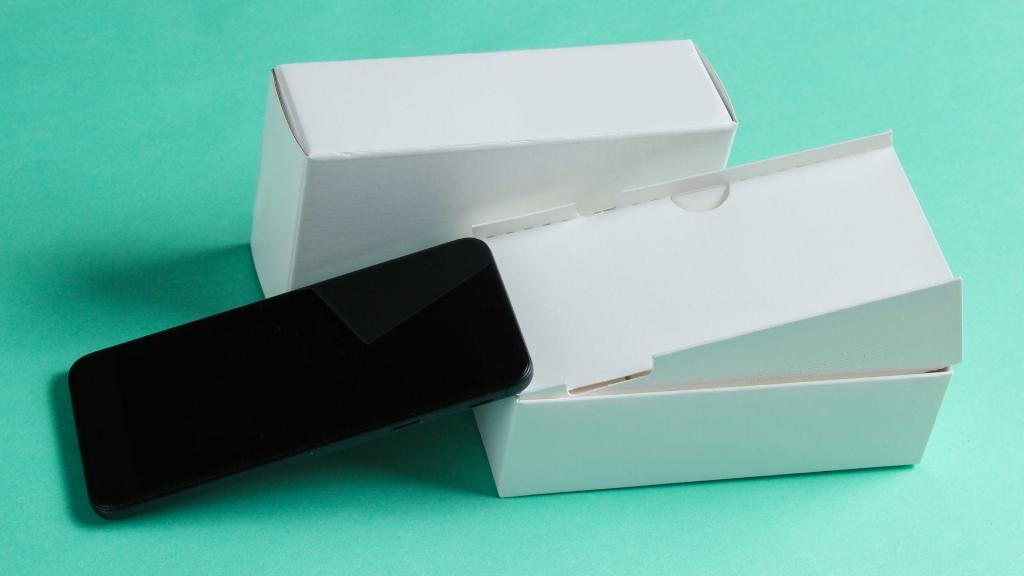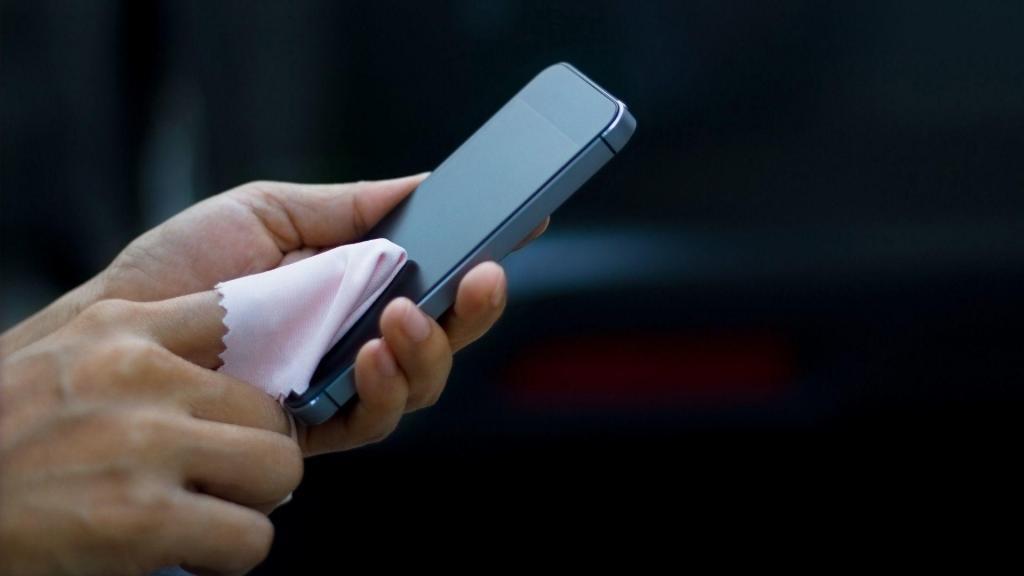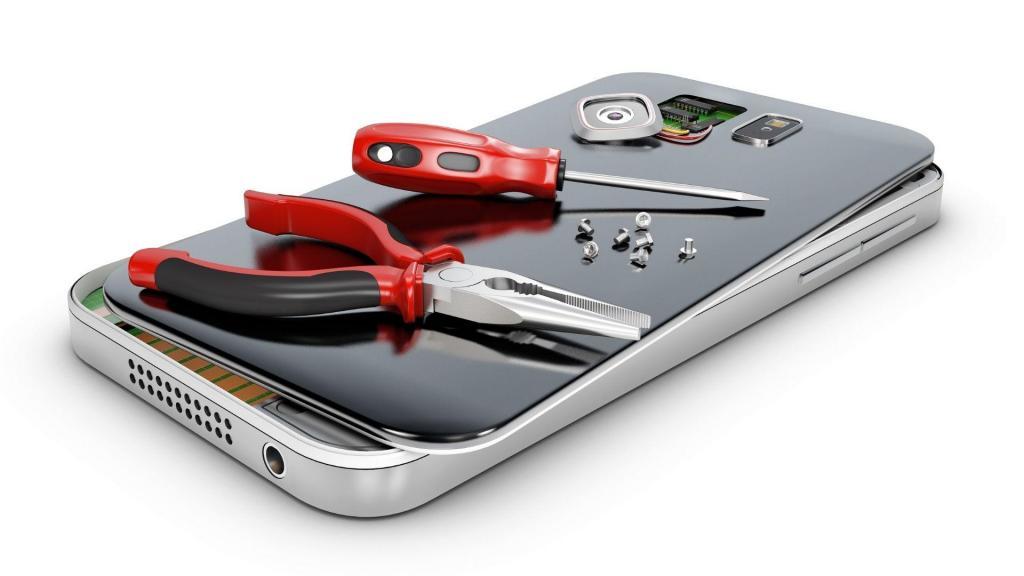As many as 20-30% of eCommerce orders are returned according to Shopify. As you can imagine, the costs really add up for eCommerce store owners after a while because that is A LOT of orders. This is why having a good refurbishment process is so important.
What is refurbishment?
If you ask the Oxford Dictionary, it will say refurbishing is a synonym for renovation or redecoration. That’s true, but that’s not quite what refurbishment means in a general retail context.In practice, many electronic items can be refurbished and resold after being returned. This can be done by making a variety of simple fixes such as replacing faulty parts or simply wiping the hard drive and repackaging the device.
Refurbishment is a broad term, and I think How Stuff Works says it best:
The one thing the label means with any certainty is that a refurbished item can’t be sold as new. Because of that, and possibly because of the ambiguity of the “refurbished” label, consumers often shy away from buying refurbished products, even when they may be perfectly fine.
How does refurbishment different from buying used?
OK, so refurbishment can be seen as an alternative to buying used items. How exactly does it differ, though?
Refurbished products are ones that were purchased and opened by the original consumer. Some devices might be returned before they were ever used. Others may have seen some light use. Still others may be in need of some minor repairs.
The legal flexibility of the term refurbishment can be a problem area for some businesses. A good refurb, however, will differ from plain old used products in a number of ways:
- The device is restored by an expert.
- The return policy remains generous.
- All the original parts are included.
- The product still has a warranty.
- The product is in very good condition.

4 benefits of refurbishing goods
A solid refurbishment process can be a win for companies, consumers, and the environment. Everybody wins when you have a plan to wisely use every available resource you have. Here are some specific reasons.
1. Refurbished goods are cheaper for the customer.
Price-sensitive customers might walk away from your store initially. You may very well be fine with that, too, because cutting prices isn’t necessarily the best long-term success strategy for a business.
Even still, it would be nice to get some price-hesitant buyers on board with compromising your profits. Selling refurbished goods for a lower price lets you do that.
2. Refurbished goods are a great compromise between “brand new” and “used”.
I don’t know about you, but there are just some things that I wouldn’t want to order used. Electronics, in particular, tend to age quickly when in use and buying used just isn’t a great option many times.
Still, supply chain disruptions are making new electronics as expensive as ever. That’s part of why the refurbished electronics market has been booming lately. A lot of consumers want devices that feel new but don’t carry a new price tag!
3. Refurbished goods help businesses recoup losses from returns.
Done well, a good process for refurbishment can really tighten up your company’s reverse logistics plan. Selling items at a reduced price is much more attractive than taking a loss on every single return.
This effect can be profound, too. If 30% of your products are returned, perhaps half of those can be refurbished and put back on the market. That’s 15% of your stock!
Even if you pay refurbishment fees and take a lower sale price, this can still work to your benefit. If you take one-third of the per item profit you usually would, you could still end up with the equivalent profit of selling 5% of your stock brand new. That’s too big to be disregarded!
4. Refurbished goods are better for the environment.
What happens to an electronic device that is broken and never refurbished? It winds up in a landfill and another device is created to take its place!
This is important not just because refurbishment is a nice thing to do for the environment. Going green is just good business practice in general. Consider the following:
- 68% of Millenials (aged 26-41) bought products with social or environmental benefits in the last 12 months
- 92% of customers are more likely to trust a company that supports social and environmental issues
Offering refurbishments helps your business make the case that you care about the same things your customers care about!

How Refurbishment Works: 6 Basic Steps
Every item needs to be refurbished in a slightly different way. However, the general process of refurbishment has a few common steps no matter what you’re refurbishing. Here are six basic steps that apply to most refurbishments:
1. Goods are cleaned.
Nothing can make a previously used item look good like cleaning it. This is really as simple as it sounds. For electronic devices like phones, this is as simple as wiping it down with a common cleaning solution.
2. Broken components are replaced.
For more complicated refurbishment projects, broken parts may be replaced, such as hard drives or screens. Usually, this requires an expert and is not something that can be easily accomplished otherwise.
3. The device is reassembled.
If the device is taken apart to replace parts, next it must be reassembled. This must be done carefully so that the product resembles a new one as closely as possible.
A disclaimer for those using our services: replacing components and reassembling devices are both complex processes. We may not be able to do it in-house depending on the items you sell. If you’re interested in using Fulfillrite’s refurbishment services, contact us at support@fulfillrite.com. We’ll listen to your unique needs and help you to the best of our ability!
4. Memory storage is wiped.
For any previously used electronic devices, all memory storage is wiped. Factory settings are restored. This is an easy way to make a product feel like it’s brand new and it has the side benefit of fixing basically any software problem that may have caused the previous owner to return it.
5. The device is tested.
Before refurbishment projects can be considered complete, whoever is doing the refurbishment must test the product. This is a simple step and is done simply to make sure the product is still in working order before putting it out for sale again.
6. The item is repackaged.
Finally, the item is manually repackaged just as it was initially in the factory. That way, people who are buying a refurbished product get to enjoy some of the experience that is otherwise reserved for brand new items.
Final Thoughts
Having a good refurbishment process in place is good business practice. You can reduce the negative financial impact of returns while providing customers with quality, lower-cost options. It’s also an excellent way to prevent perfectly good products from going to waste!
If you currently use Fulfillrite for order fulfillment and you are interested in our new refurbishment services, reach out to support@fulfillrite.com. We are able to take care of simple refurbishment projects such as cleaning, resetting devices to factory settings, testing, and repackaging. Our competitive prices may save you the hassle of sending mostly intact products to a third party!
- Refurbished goods are cheaper for the customer
- Refurbished goods are a great compromise between “brand new” and “used”
- Refurbished goods help businesses recoup losses from returns
Read more on the Fulfillrite blog





